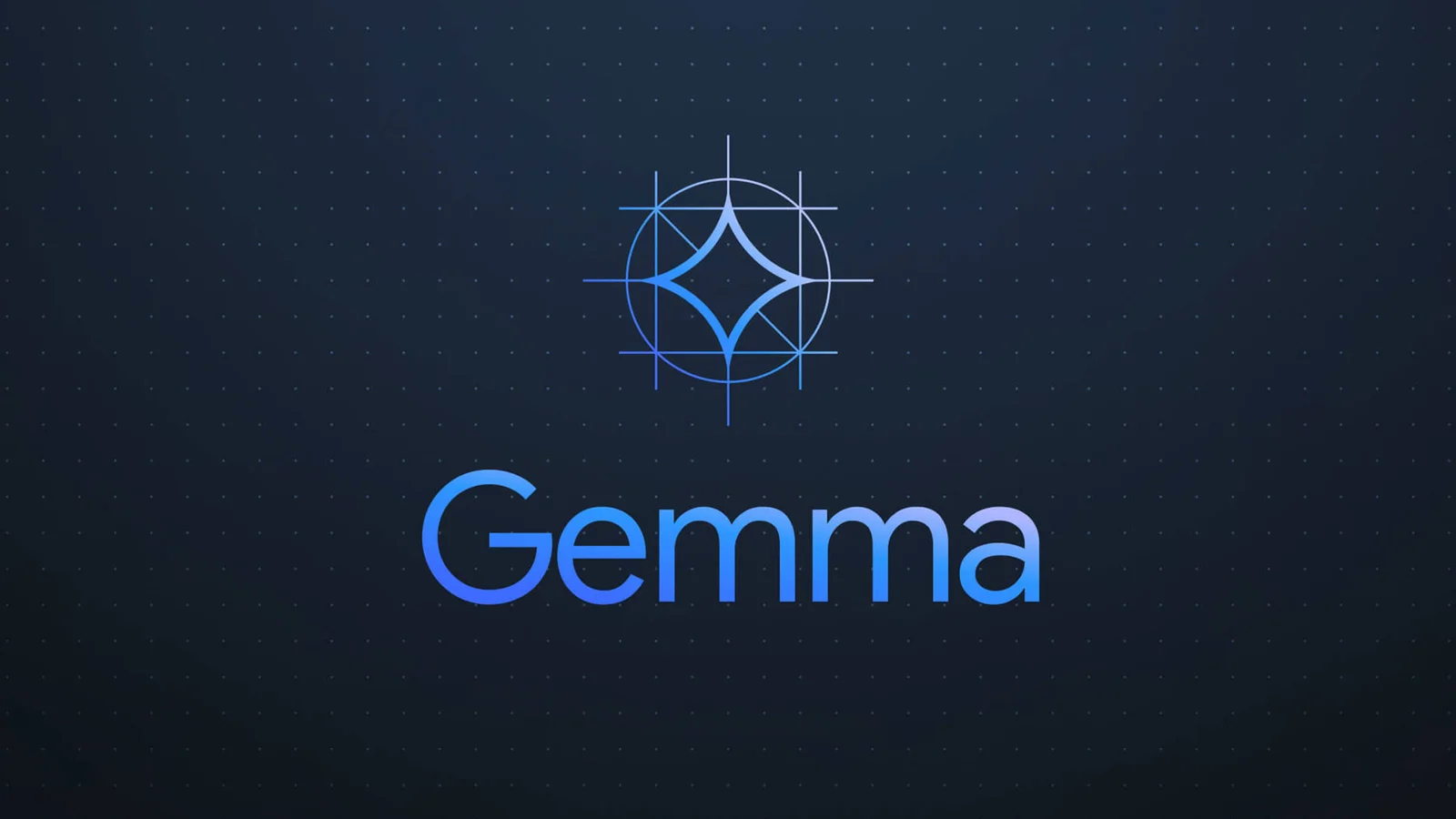Google has recently introduced a new family of artificial intelligence models called Gemma. This exciting development opens up opportunities for individuals and businesses to create their own AI software. Following in the footsteps of Meta Platforms, Google is keen on promoting the use of its cloud services by offering $300 in credits to first-time cloud customers who utilize these models. However, it is important to note that Gemma is not completely open source, as Google retains some control over its usage and ownership.
Introducing Gemma: Google’s AI Models
Gemma is the latest addition to Google’s AI offerings. With the launch of these models, Google aims to empower developers, researchers, and businesses to leverage AI technology in their projects. Gemma provides a powerful framework for building AI software, enabling users to train models, make predictions, and perform various other AI-related tasks.
Similar to Meta Platforms’ initiative, Google is actively encouraging the adoption of its cloud services by providing $300 in credits to first-time cloud customers who choose to utilize Gemma. This incentive not only promotes the use of Gemma but also showcases the capabilities of Google’s cloud infrastructure.
The Benefits of Gemma
Gemma offers several advantages for those looking to incorporate AI into their projects. Here are some key benefits:
1. Ease of Use
Gemma is designed to be user-friendly, making it accessible to both experienced developers and newcomers to the field of AI. The models come with comprehensive documentation and resources, enabling users to quickly get started and build AI software efficiently.
2. Versatility
With Gemma, users have the flexibility to create AI models for a wide range of applications. Whether it’s natural language processing, image recognition, or predictive analytics, Gemma provides the tools and capabilities to tackle various AI tasks.
3. Integration with Google’s Cloud Services
By utilizing Gemma, users can take advantage of Google’s robust cloud infrastructure. This integration allows for seamless scalability, efficient data storage, and access to additional AI services offered by Google.
4. Ongoing Support and Updates
Google is committed to providing ongoing support and updates for Gemma. As the field of AI evolves, Google will continue to enhance the models, ensuring that users have access to the latest advancements and improvements.
Gemma: Not Fully Open Source
While Gemma offers exciting possibilities for AI development, it is important to note that Google has not made it fully open source. This means that Google retains some control over the use and ownership of Gemma. While this may limit certain freedoms, it also allows Google to maintain quality control and ensure responsible usage of the models.
By maintaining control over Gemma, Google can prevent misuse or unethical practices that may arise from unrestricted access to the models. This approach strikes a balance between empowering users and safeguarding against potential misuse of AI technology.
Conclusion
Google’s introduction of Gemma, a new family of AI models, presents exciting opportunities for individuals and businesses to leverage AI technology in their projects. With its user-friendly interface, versatility, integration with Google’s cloud services, and ongoing support, Gemma provides a powerful framework for building AI software.
While Gemma is not fully open source, Google’s decision to retain some control over its use and ownership ensures responsible and ethical usage of the models. As AI technology continues to advance, Gemma serves as a valuable tool for those looking to explore the possibilities of artificial intelligence.



































